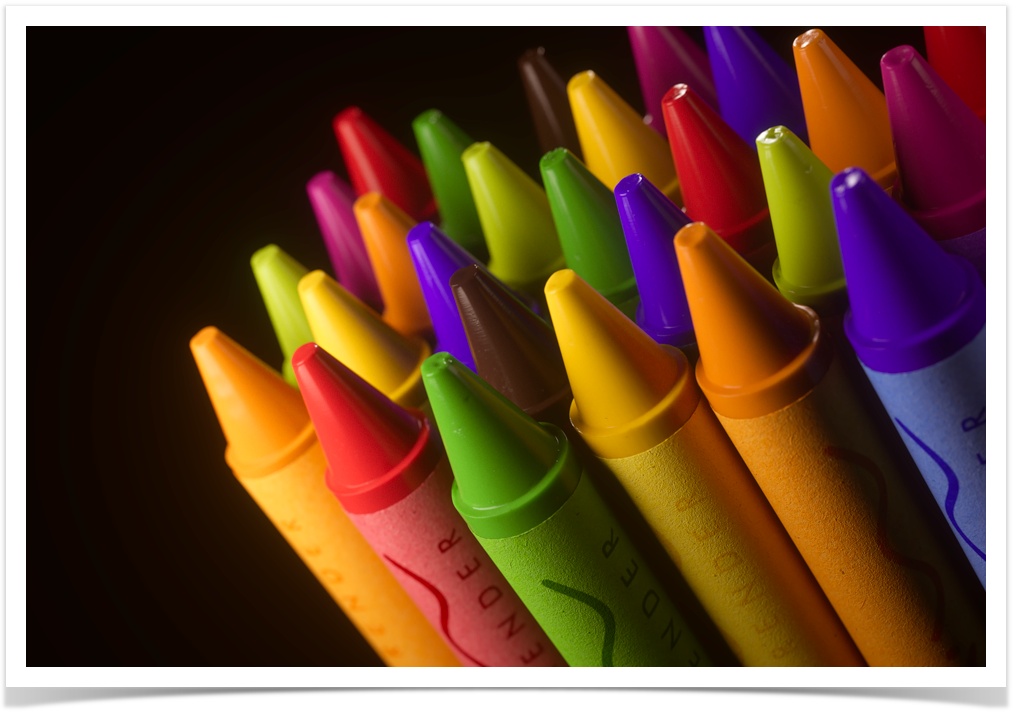Courtesy Mihai Iliuta
The term white balance in photography refers to removing any color casts from an image which may be due to the spectrum of light that was illuminating the scene. You adjust the white balance so that white objects in the image appear white and thus all other colors in the image also display correctly. Maxwell Render has a white balance tool in its camera parameters since V3.1.
Why the need for white balance in film/digital cameras
To understand why a white balance tool is needed in the real world, we must first look at how different light sources emit light. For example in a light bulb, a metal filament heats up so much that it starts to emit light. The temperature of this filament, is said to also be the "temperature", or spectrum, of the light that's radiated from it, noted in Kelvins, or "K". The lower the temperature (for ex. a "3200K" light source), the more red/yellow the light will be, and the hotter it is (for ex. a 6000K light source), the bluer the light will be. Other light sources, such as fluorescents, emit colors not only in the yellow to blue range, but also in the green to magenta range. The human eye can adapt very well to these different colors because our brains interpret it as "white" light. However for a film or digital sensor it poses a problem because it can't do this adaptation by itself. This is where a white balance tool comes in handy, which tells the camera - even though the light you are receiving is in the "yellowish" spectrum, transform your color response to it, so that it registers as white.
Usefulness of a white balance tool in Maxwells virtual camera
...
Controls the green to magenta range. Emitters in the real world not only emit bluer or more yellowish light, but can also emit a more greenish light, especially fluorescents. For this reason a complete white balancing tool also needs to control the green to magenta color cast in a photo. Negative values add a green tint, positive values add a magenta tint.
From left to right: Default white balance (6500K), colder render by setting the white point to 3000K, warmer render by setting the white point to 10 000K. Click to enlarge.

